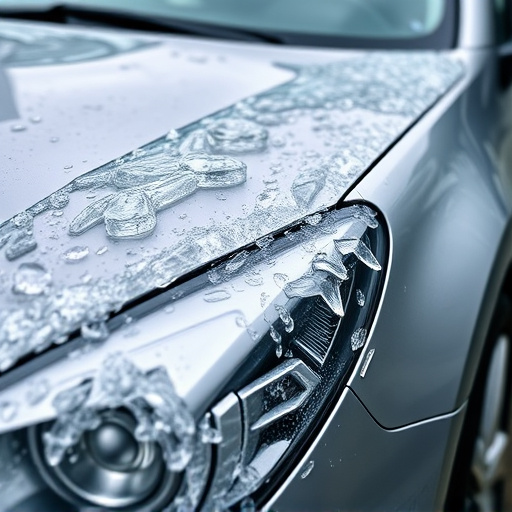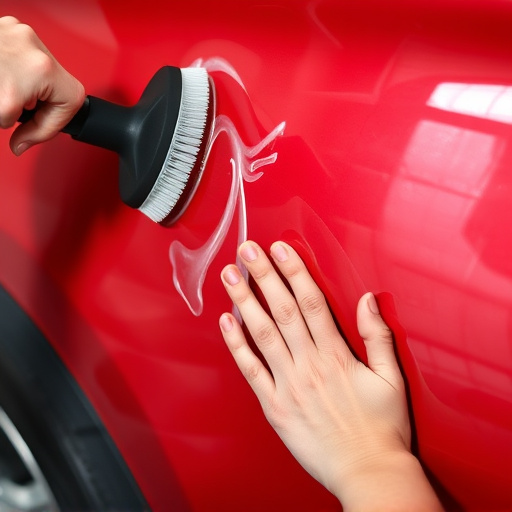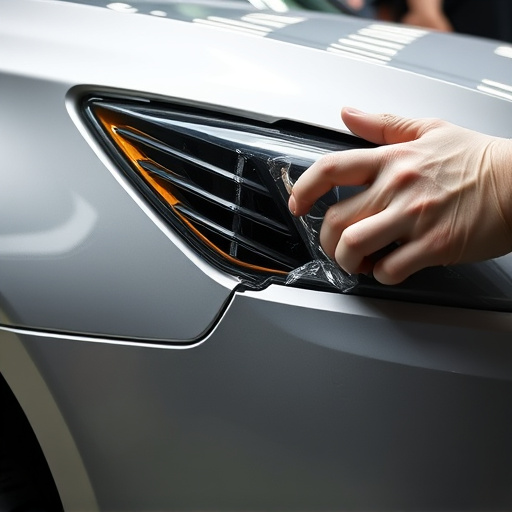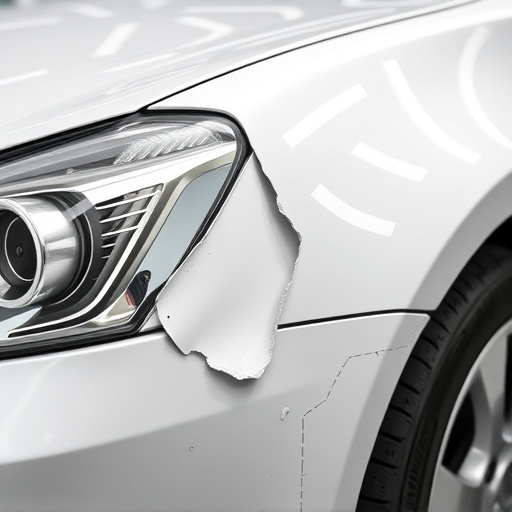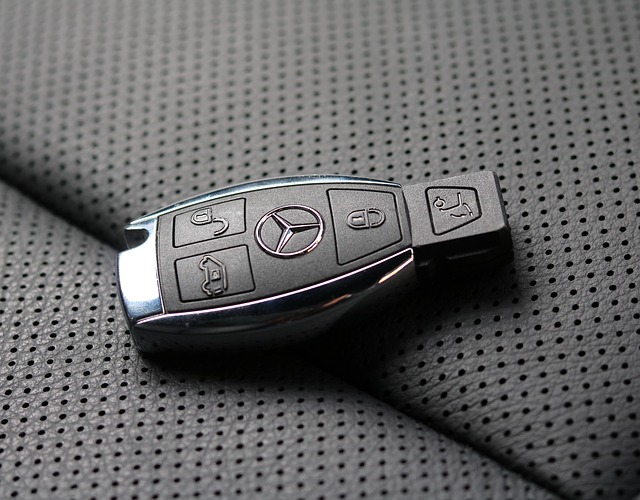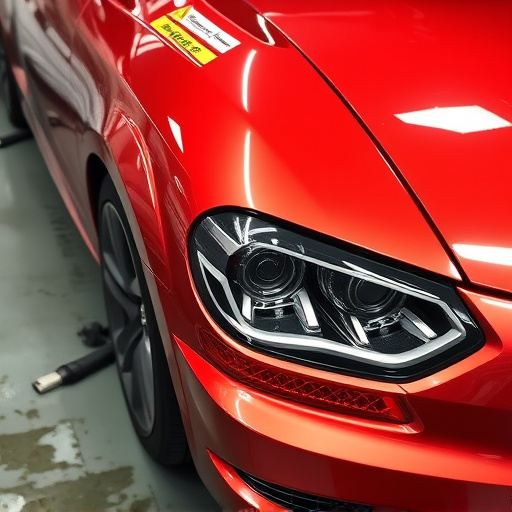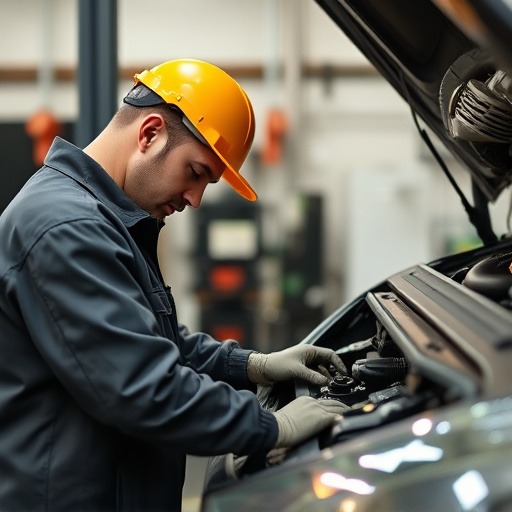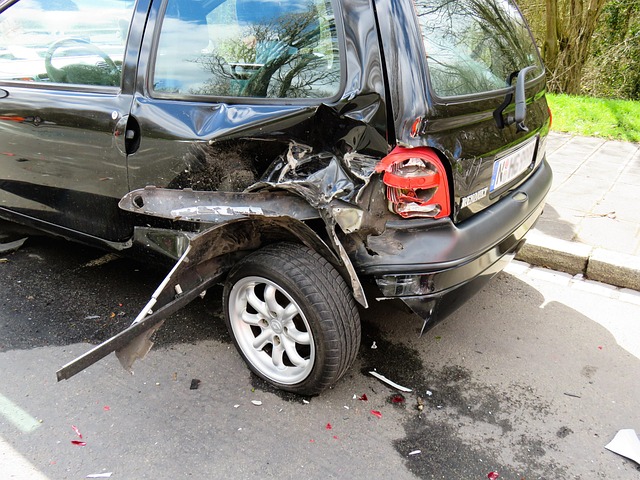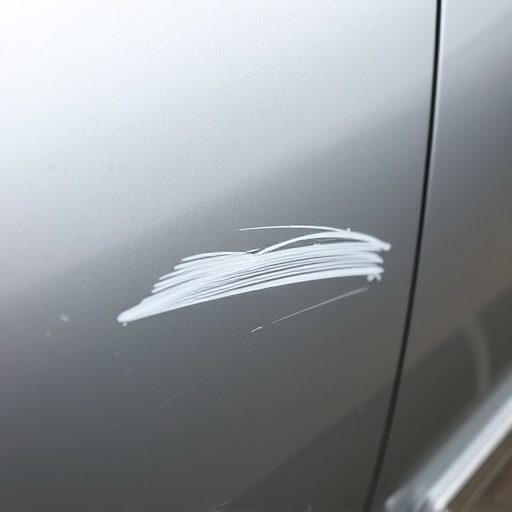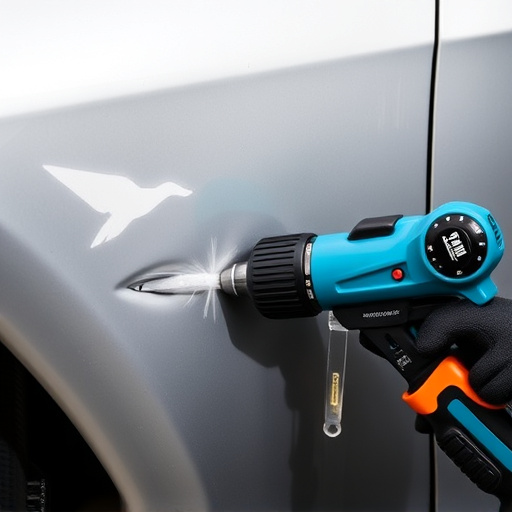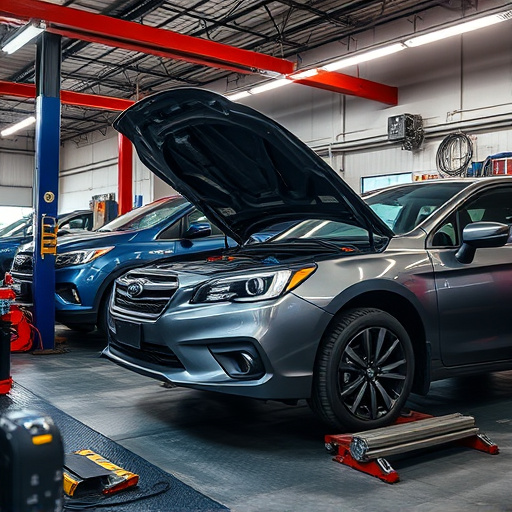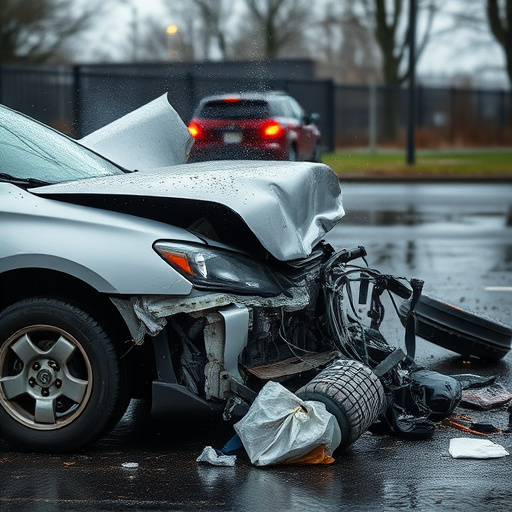Crash worthiness restoration is a specialized service focusing on safety and structural integrity after accidents. It involves repairing or replacing critical components like frame rails and shock absorbers to ensure vehicles protect occupants and minimize damage in future collisions. Distinguishing from structural repair, which prioritizes cosmetic restoration, crash worthiness restoration maintains strict safety standards without compromising visual appeal.
In the realm of automotive repair, distinguishing between structural repair and crashworthiness restoration is crucial for ensuring both safety and aesthetic appeal. While structural repair focuses on essential foundation fixes, addressing critical components like chassis and frame, crashworthiness restoration goes beyond cosmetic repairs to enhance a vehicle’s ability to protect occupants in future accidents. This article explores these key differences, highlighting the significance of each approach in today’s digital era, with a specific emphasis on crashworthiness restoration.
- Understanding Structural Repair: Essential Foundation Fix
- Crash Worthiness Restoration: Beyond Cosmetic Repairs
- Key Differences: Safety vs. Visual Restoration
Understanding Structural Repair: Essential Foundation Fix
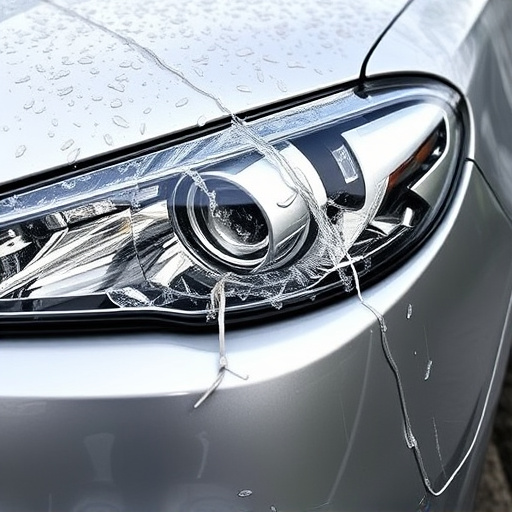
Structural repair is a critical aspect of vehicle maintenance that often gets overlooked, especially when discussing crashworthiness restoration. At its core, structural repair involves fixing or replacing damaged parts of a vehicle’s frame and chassis, which serve as the essential foundation for the entire car. These components ensure the vehicle maintains its stability, strength, and safety during operation. In an automotive body shop offering fleet repair services, skilled technicians meticulously assess and address these structural elements to prevent further damage and ensure the vehicle meets crashworthiness standards.
When a vehicle undergoes a collision or accident, the structural integrity can be compromised. This is where specialized services come into play. Unlike tire services or simple cosmetic fixes, structural repair delves deeper into the vehicle’s framework. It involves identifying and rectifying issues like bent frames, damaged axels, or broken suspension systems to restore the vehicle’s original stability and safety features. Understanding these repairs is crucial for both vehicle owners and automotive body shop professionals, especially when aiming for comprehensive crash worthiness restoration.
Crash Worthiness Restoration: Beyond Cosmetic Repairs
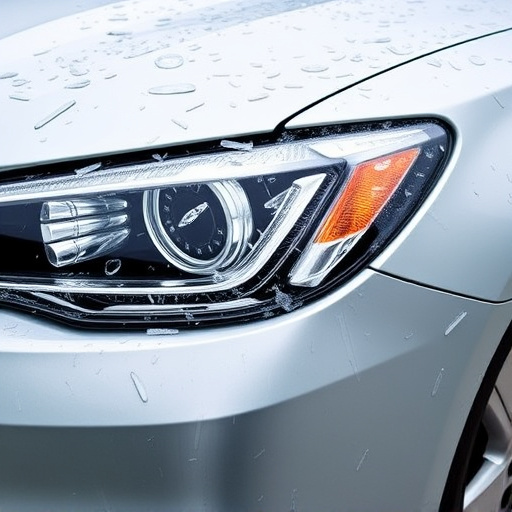
Crash Worthiness Restoration goes beyond mere cosmetic repairs; it’s a holistic process that prioritizes safety and structural integrity. While fender repair and auto body repair are integral parts, the goal is to ensure the vehicle not only looks good but also performs optimally in terms of crash protection. This involves meticulous inspection and replacement of components critical for stability during a collision, such as frame rails, shock absorbers, and reinforcement brackets.
Professional car bodywork services specializing in crash worthiness restoration employ advanced techniques and materials to achieve precision and strength. Every piece is meticulously assessed and either repaired or replaced to exacting standards, guaranteeing the vehicle’s structural integrity remains uncompromised. This meticulous approach ensures that even after an accident, the car maintains its ability to protect occupants and minimize damage in subsequent collisions.
Key Differences: Safety vs. Visual Restoration
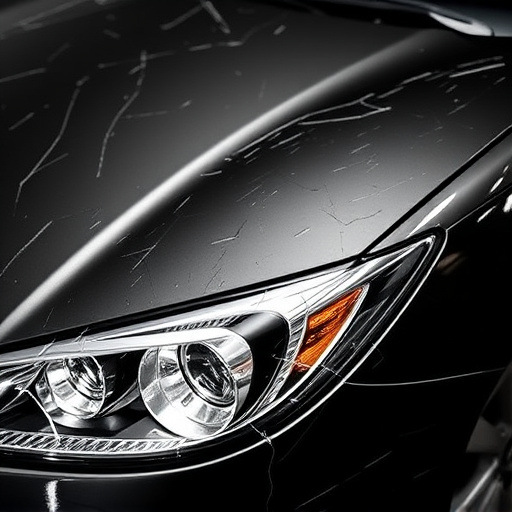
When it comes to structural repairs and crash worthiness restoration, the primary distinction lies in the balance between safety and visual restoration. Crashworthiness restoration focuses primarily on ensuring the vehicle meets safety standards and can protect occupants in future accidents. This involves meticulous inspection, reinforcement of weak points, and replacement of components that affect crash dynamics, such as crumple zones, frames, and safety systems. The goal is to restore the car to its optimal structural integrity, making it safer to drive without focusing on aesthetic perfection.
In contrast, structural repair, often undertaken by a collision repair shop, aims to return the vehicle to its pre-accident condition with a strong emphasis on visual restoration. This includes fixing dents, scratches, and other cosmetic damages. While ensuring proper alignment and structural integrity is still crucial, the primary concern is restoring the car’s original appearance. Techniques like dent removal and car restoration are employed to eliminate physical imperfections, making the vehicle virtually indistinguishable from its pre-collision state. However, it’s important to note that visual appeal should never compromise safety, which remains a paramount consideration in crash worthiness restoration.
When it comes to restoring a damaged vehicle, understanding the distinctions between structural repair and crashworthiness restoration is paramount. While structural repair focuses on fixing the essential foundation for safety and strength, crashworthiness restoration delves into cosmetic repairs, aiming to return the vehicle to its pre-accident appearance. Key differences lie in their primary goals: structural repair prioritizes safety and integrity, while crashworthiness restoration emphasizes visual restoration. In terms of crash worthiness restoration, it’s clear that both aspects play crucial roles in ensuring a vehicle is not only drivable but also safe on the road.
